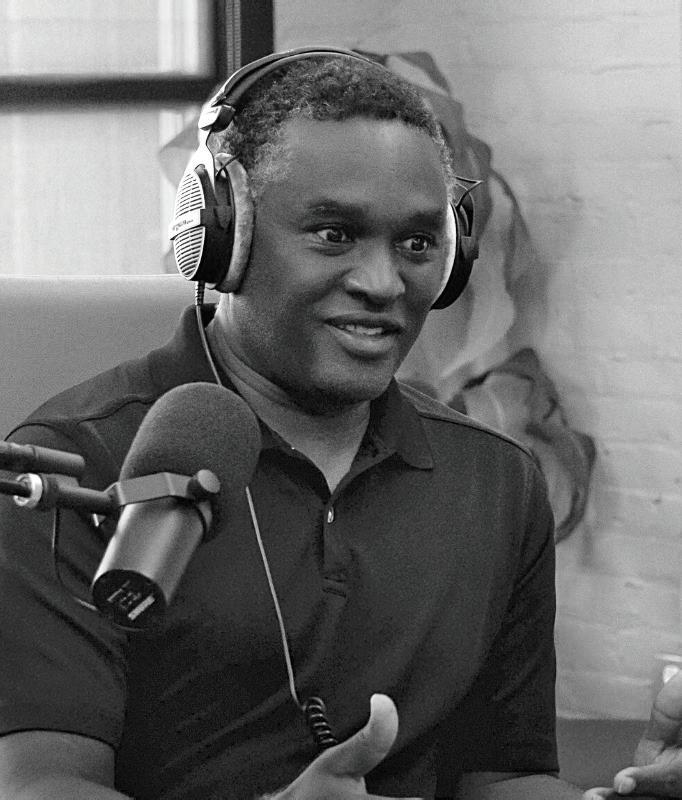
5 minute read
STRONGER SUPPORT
Building a stronger support structure
The pandemic is burning out nurses and other clinicians. Companies are reacting.
Advertisement
BY KARA HARTNETT
ealth care leaders are scrambling to
H respond to a workforce shortage exacerbated by pandemic fatigue by tapping into new wellness and training technologies and establishing education partnerships to plump up their pipeline of future clinicians.
Nurse and physician shortages are nothing new. Leadership teams have been trying out new human resources strategies for the better part of a decade to help build out their clinical teams, and hospitals have been relying heavily on high-cost contract workers to fill demand. But COVID-19 brought extra attention to this dynamic: During the height of various outbreaks, staffing was each hospital’s biggest limiting factor: “We can find a bed just about anywhere,” a local hospital executive said in December when intensive-care beds were running very low. “We just don’t have the nurses and doctors to cover it.”
In a survey conducted by HealthStream last September that received responses from more than 12,000 nurses, nearly 85 percent said they were struggling to manage burnout on some level. That stress has acutely affected younger generations of nurses — those aged 18 to 34 — which the industry needs to retain to stabilize its workforce as older workers round out their careers.
“In the midst of a global pandemic, nurses need support more than ever. Hospitals either lack wellness programs or are providing services that are falling short,” the survey concluded. “The next generation of well-being solutions needs long-term strategies that help nurses navigate persistent work stress to invest time in effective self-care.”
Trisha Coady, senior vice president of workforce solutions at HealthStream, says health care organizations need to look at longer-term communication strategies and tap into scheduling technologies to facilitate better management of their clinicians. (HealthStream last year spent more than $120 million on three acquisitions focused on scheduling software and tools.) She says HealthStream clients are also turning more to continuing education tools that use artificial intelligence to crosstrain nurses so they can fit into different departments within a hospital.
Last spring, more than 1.5 million users enrolled in HealthStream’s training platform, representing more than 4,000 facilities in one month. These types of solutions help hospitals flex their staff and could become commonplace in the industry, Coady says, to alleviate hospital workers in departments more susceptible to burnout — namely, in intensive care units.
The workforce development and training company has also recently launched a nurse wellness app, Keener, that helps create an individualized approach to managing burnout and encouraging healthy living practices among nurses.
“Now more than ever, leaders are looking to be more proactive versus reactive,” Coady says. “How do you help get all staff in this constant state of readiness? Not for something as large as this pandemic necessarily, but we have had those moments in various organizations where your staff is ebbing and flowing. So how can we be better and make sure that we’re fully staffed, delivering quality care by having some of these habits in place?”
The leaders of HCA Healthcare, the largest health system in the country which now employs more than 280,000 people, in 2019 piloted a hotline for nurses as part of a wellness initiative. When the pandemic hit the United States, the company rolled out that service to its entire company in six weeks — and eventually fielded more than 25,000 calls in 2020, the majority related to pandemic fatigue.
HCA Chief Nursing Officer Jane Englebright says her team also has looked to centralize training and education programs that help doctors and nurses find real-time information
and best practices right at the bedside. Various health care programs as demand grows. Nashhospital service areas now feature posters with ville State Community College has been ap-
QR codes that can be scanned to access step- proved for a new cohort of nursing students by-step guidelines. This was especially helpful in its two-year program, Trevecca Nazarene during the pandemic, Englebright says, since University is building out a new health scicare strategies for COVID patients changed ences center and Tennessee State University regularly as research and experience shaped has launched a partnership with Meharry the way hospitals treated symptoms. The hospital giant also has directly invested in ‘People are going to to develop a pipeline of Black doctors and dentists who will stay and work in minority the education sector as a tool to recruit and de- be starting to think communities that have the greatest burden of velop future clinicians for its hospitals. In early 2020, it acquired a majority stake in the Galen more creatively.’ health care needs. Developing that talent pipeline will be the rel-
College of Nursing — which is set to expand TRISHA COADY, HEALTHSTREAM atively easy part, as the number of applications into new markets this year — and it said last submitted to U.S. medical schools and health fall it would partner with Belmont University care programs is at an all-time high. Retaining on the school’s new medical college. those workers for decades and ensuring their The medical school will be the third in a potential shortage of up to 139,000 doctors well-being will take a greater level of investment
Nashville, alongside Vanderbilt University and by 2033. That’s up from about 20,000 in 2018 and understanding, according to Coady.
Meharry Medical College, whose leaders have and an increase of 14 percent from the rough- “I think that’s a benefit that has come out of welcomed reinforcements in the fight to turn ly 122,000 maximum shortage the AAMC the pandemic, honestly,” Coady says. “Burnout more doctors. The Association of Amer- had forecast for 2032 a year earlier. out has been a problem for years and now I ican Medical Colleges said last summer that Other area technical schools and univer- think people are going to be starting to think clinical labor deficits are set to worsen, with sities also have beefed up their nursing and ai16153215497_Southeast Venture_half page IN CHARGE ad.pdf 1 3/9/2021 2:25:50 PM more creatively.”
At June Lake, you have a path to anywhere. We believe in community and its ability to provide a path to a bright future.
Woven throughout the entire community, greenway paths provide easy, scenic access between home, work, and play. Close access to I-65 and I-840 gives residents and guests an easy path into June Lake, a short path to Nashville, and a path to anywhere you want to go.




